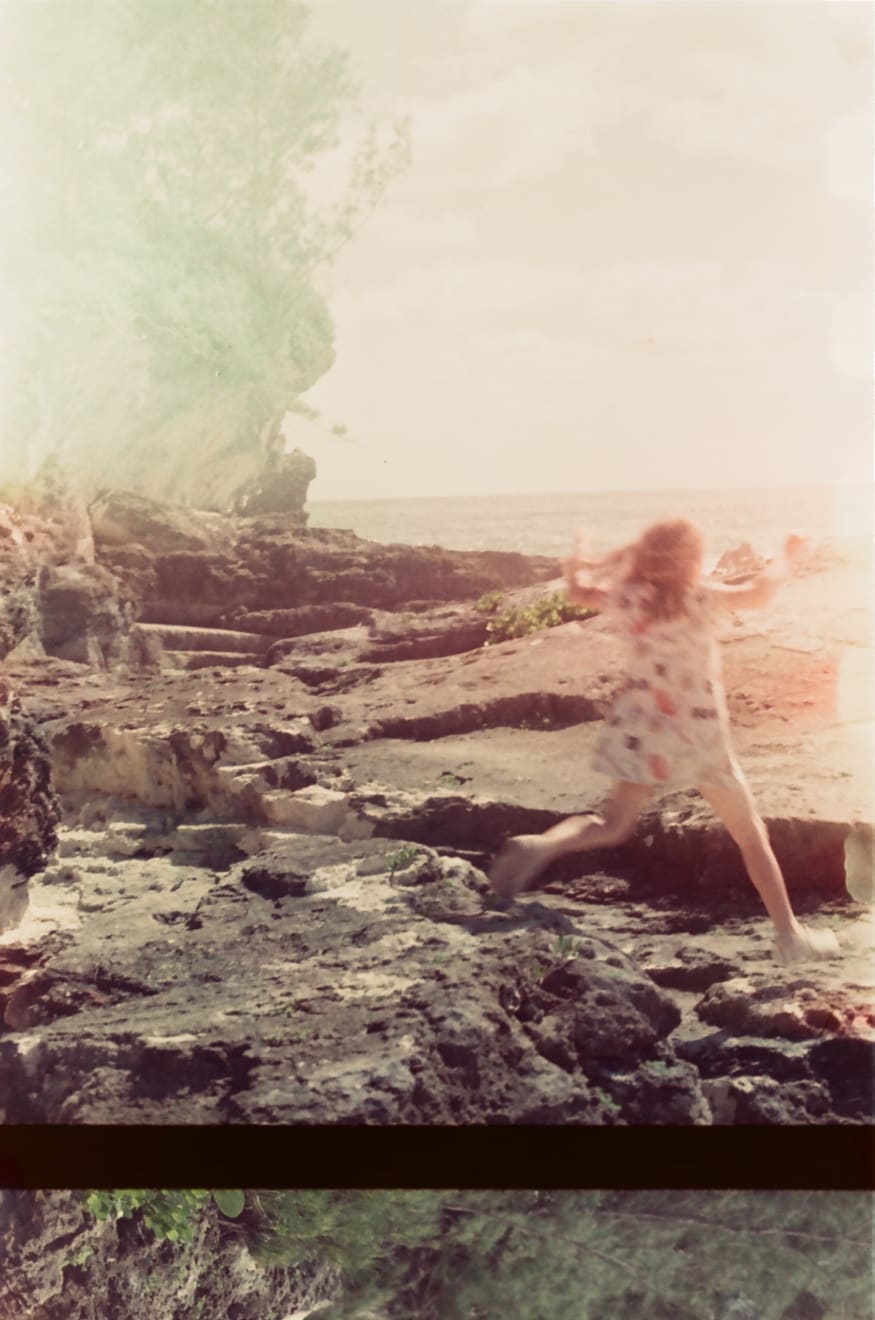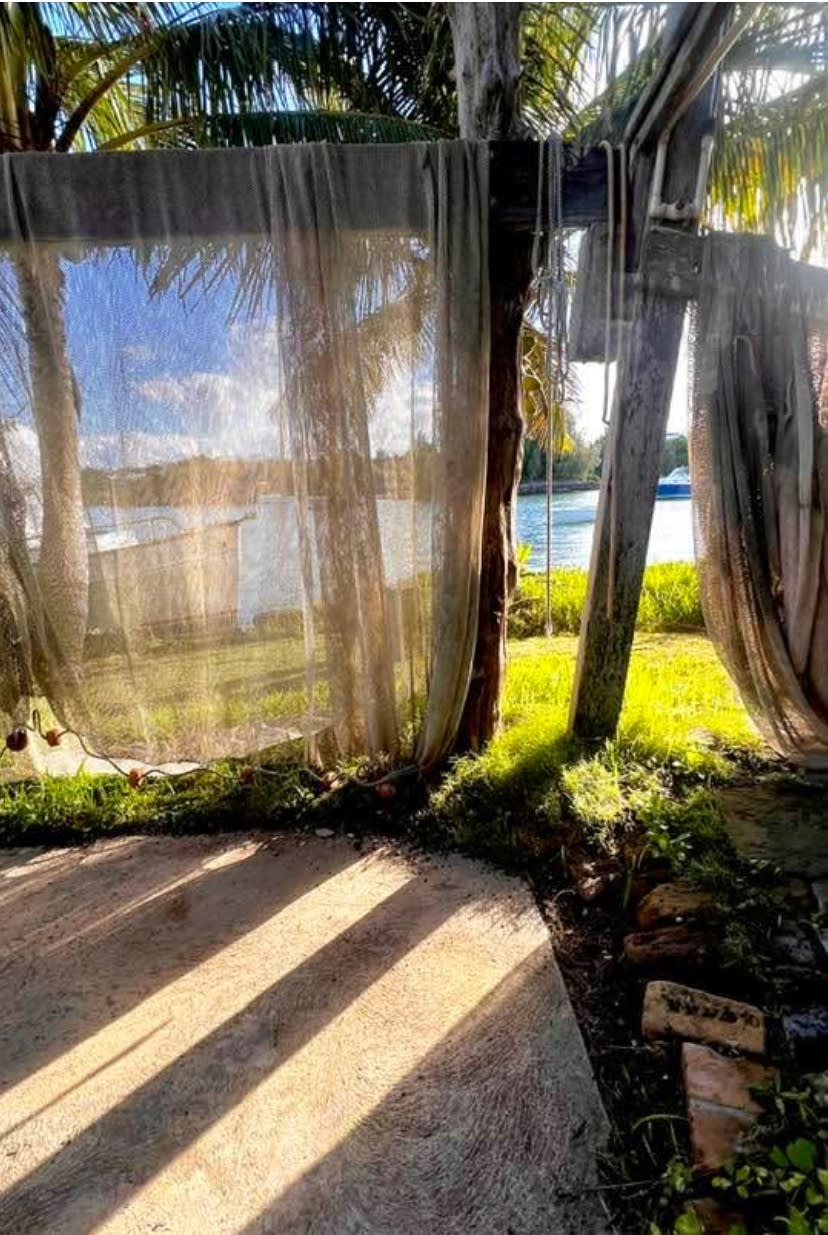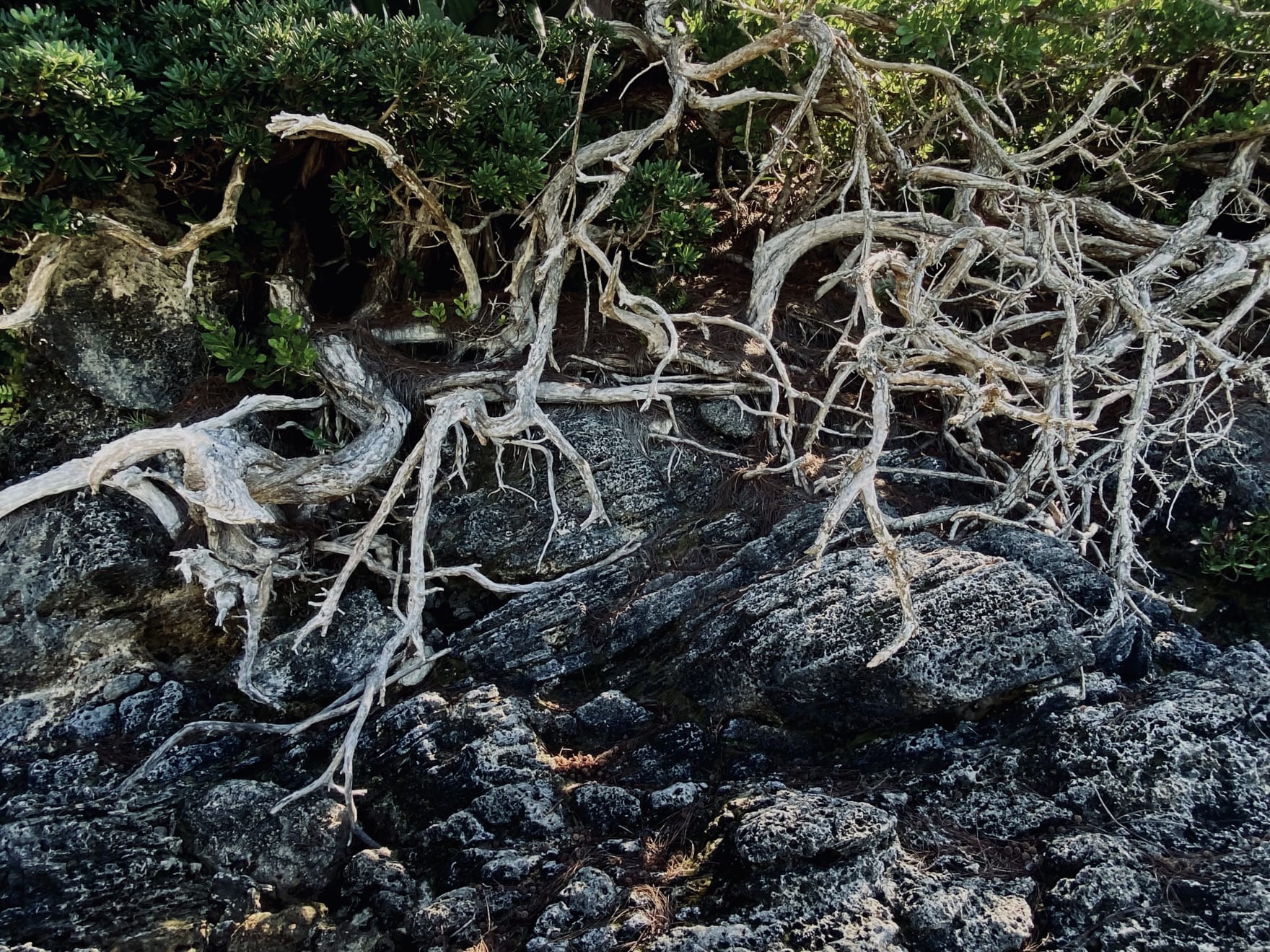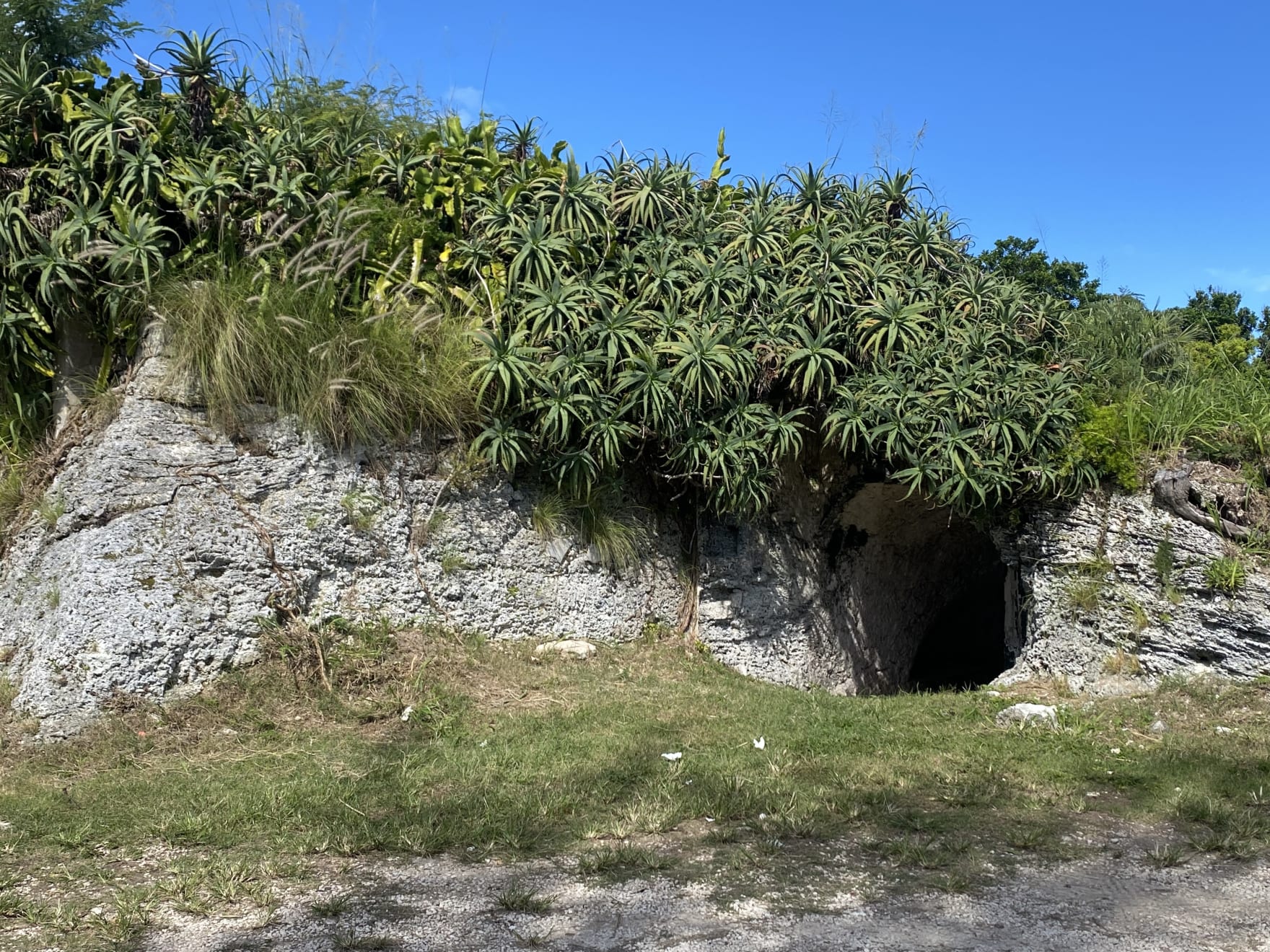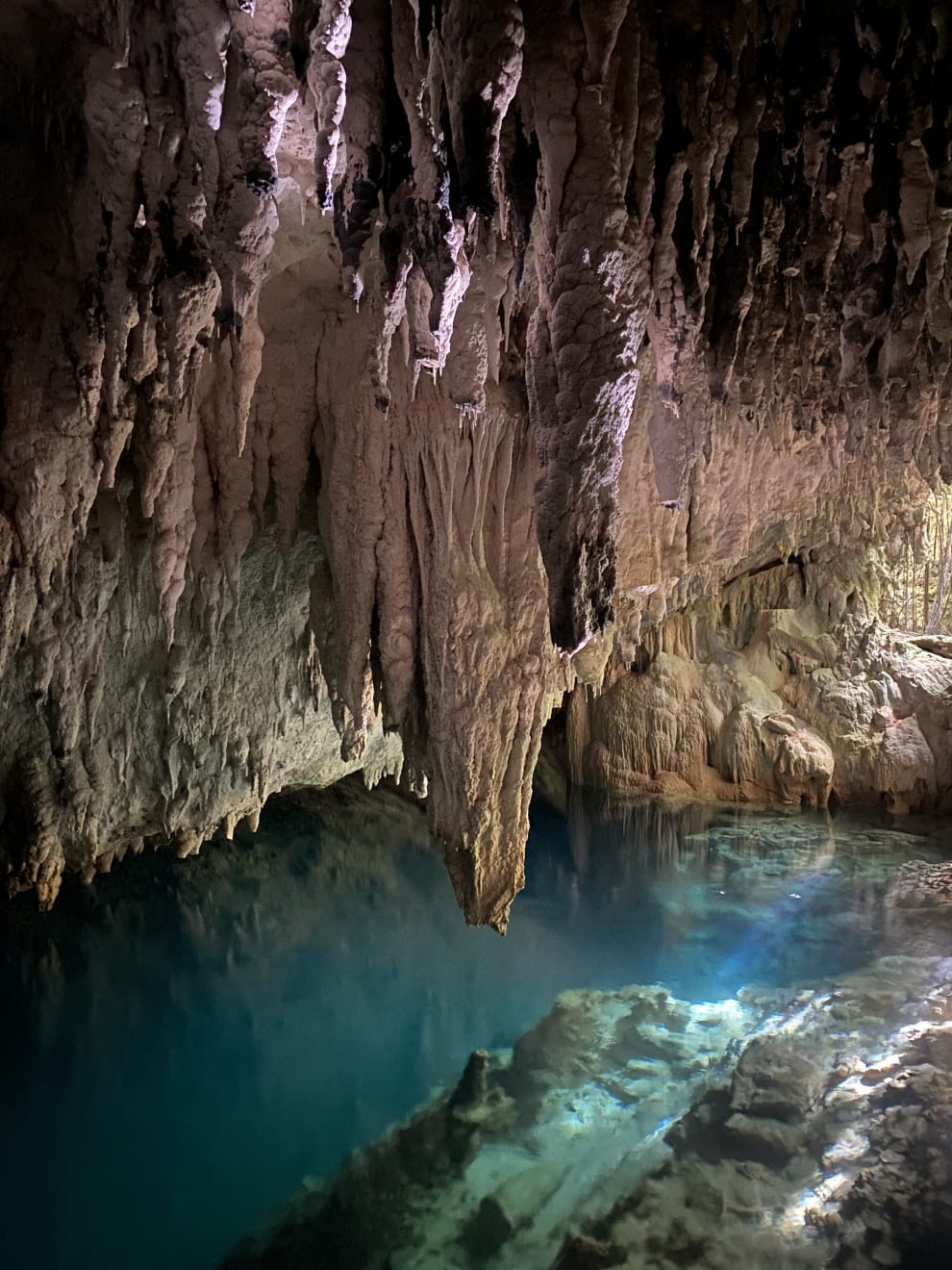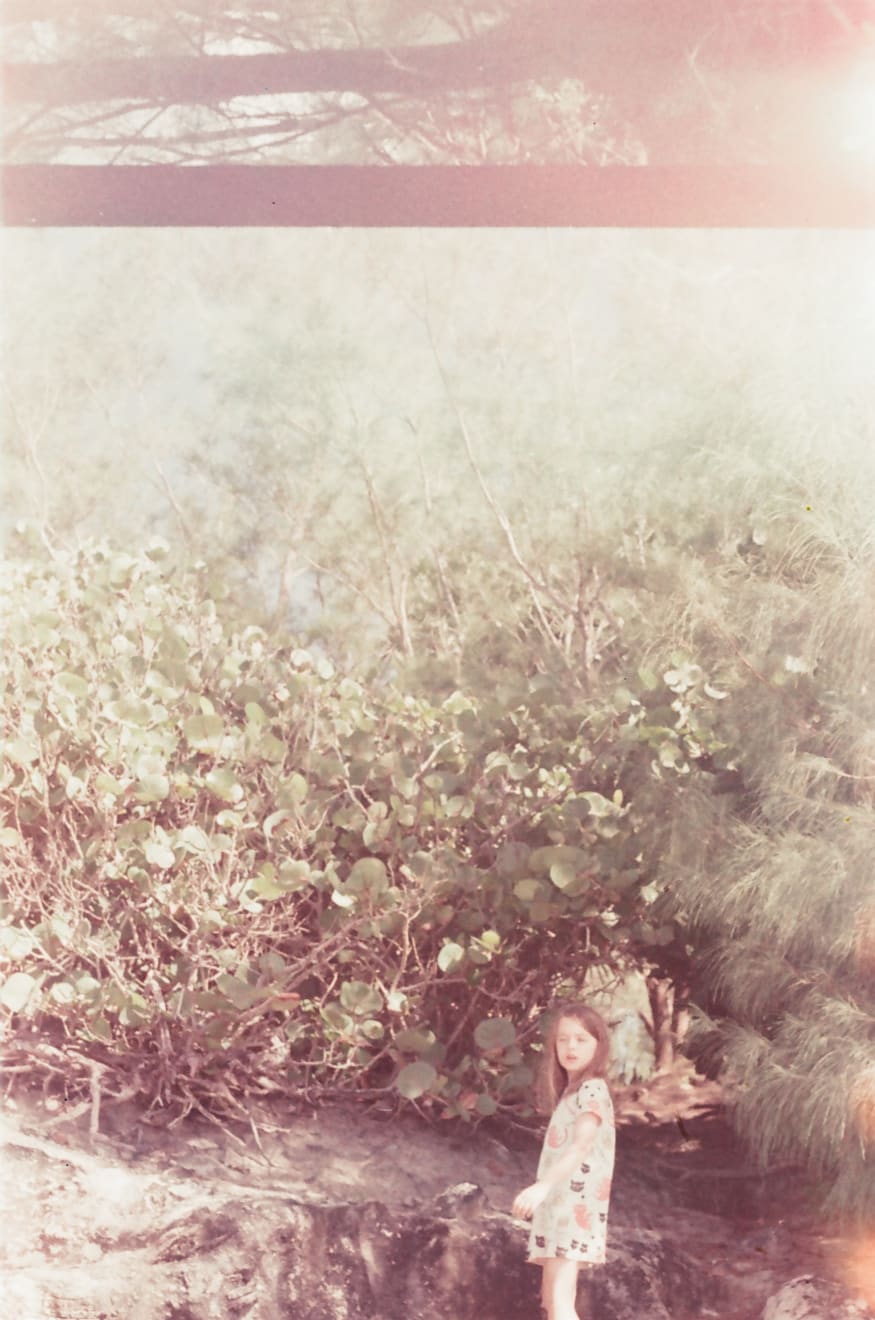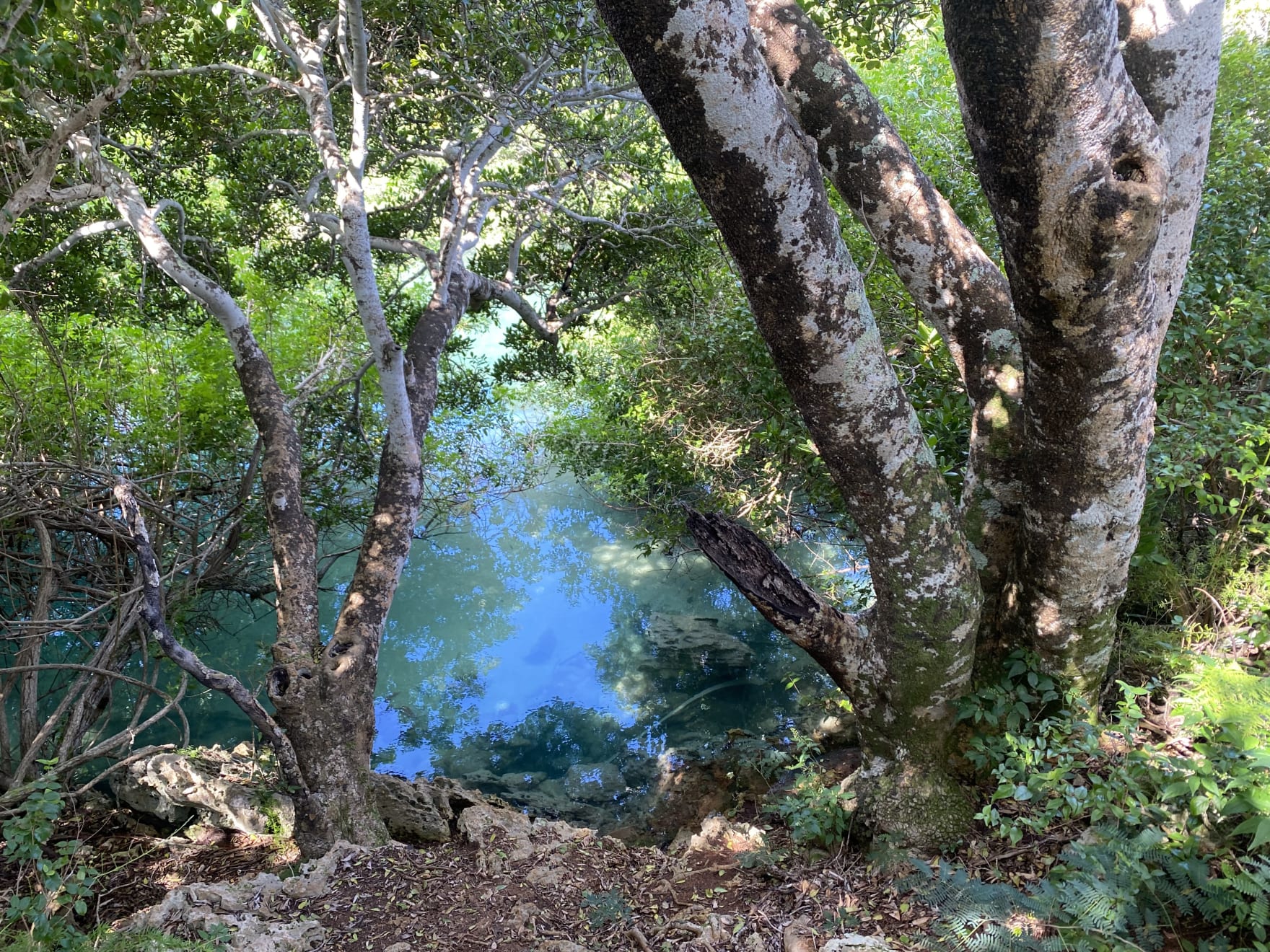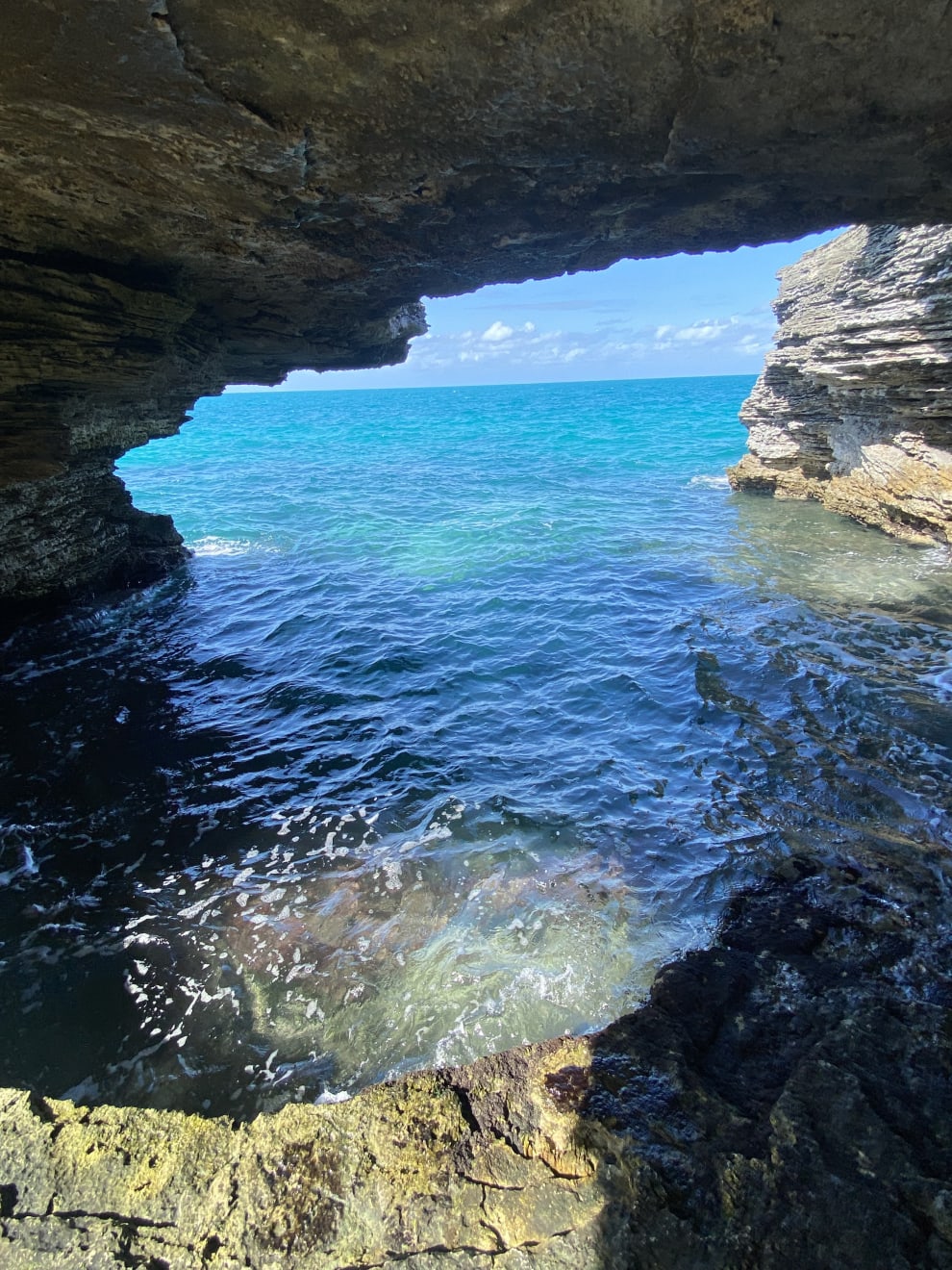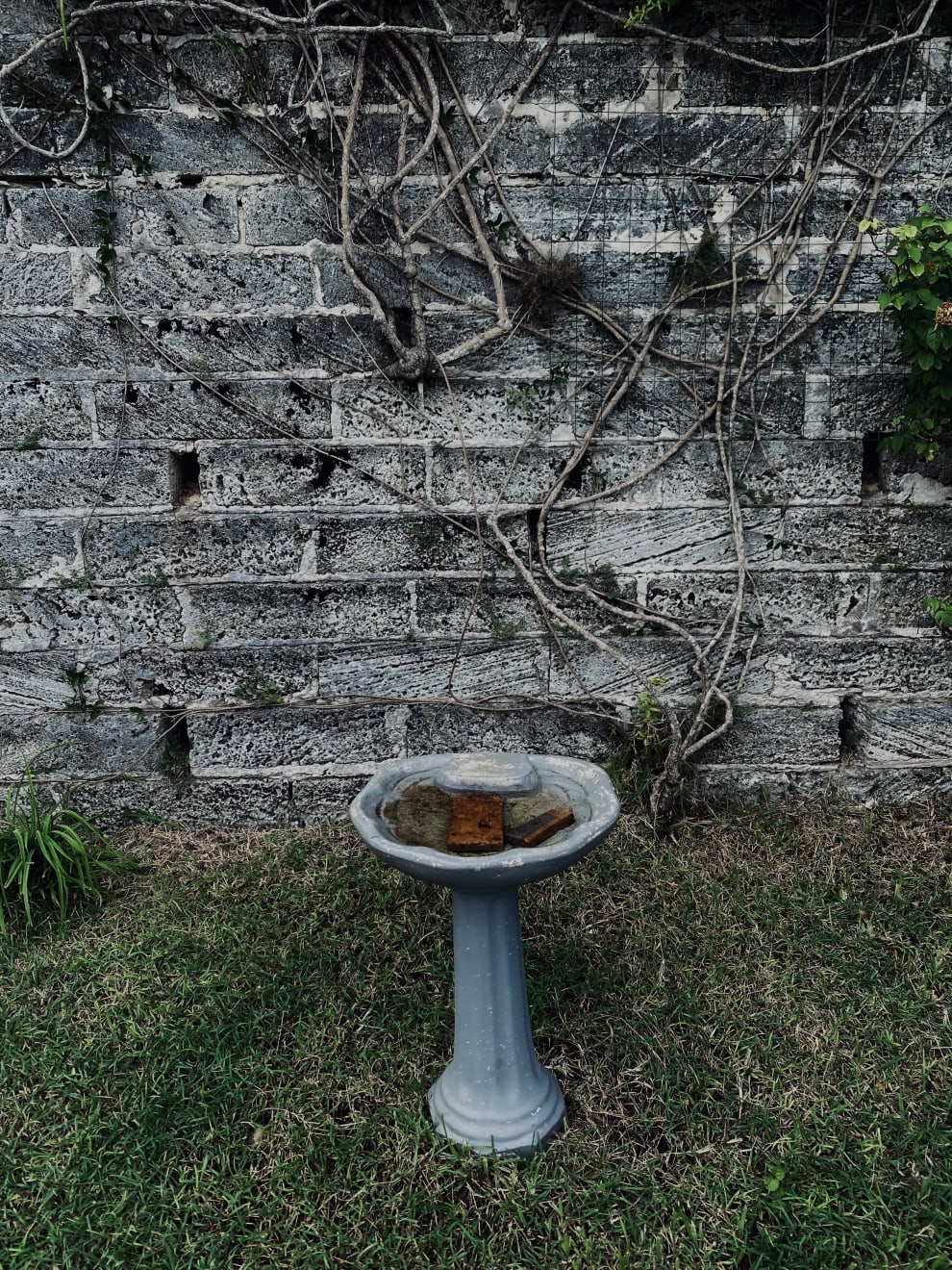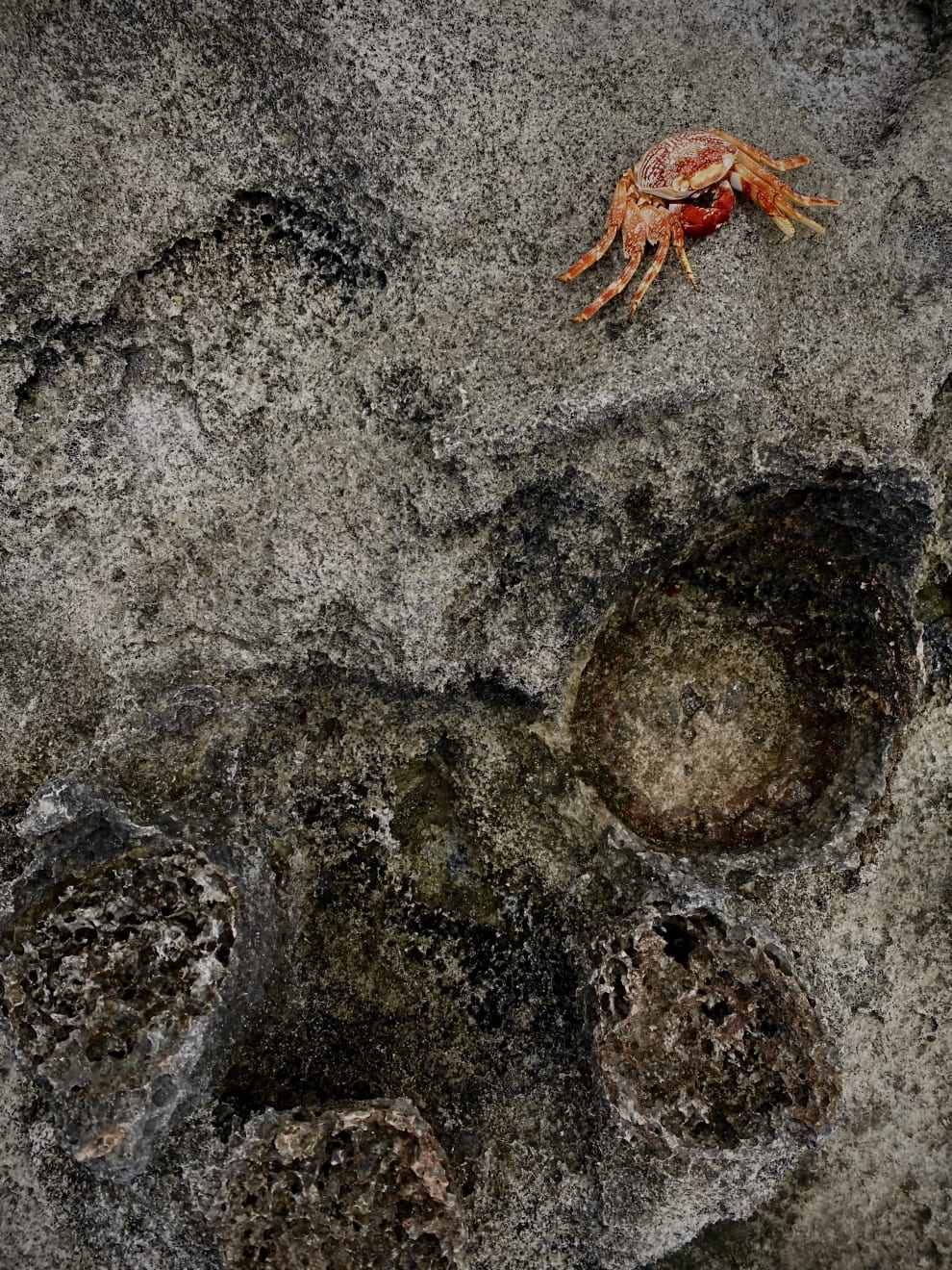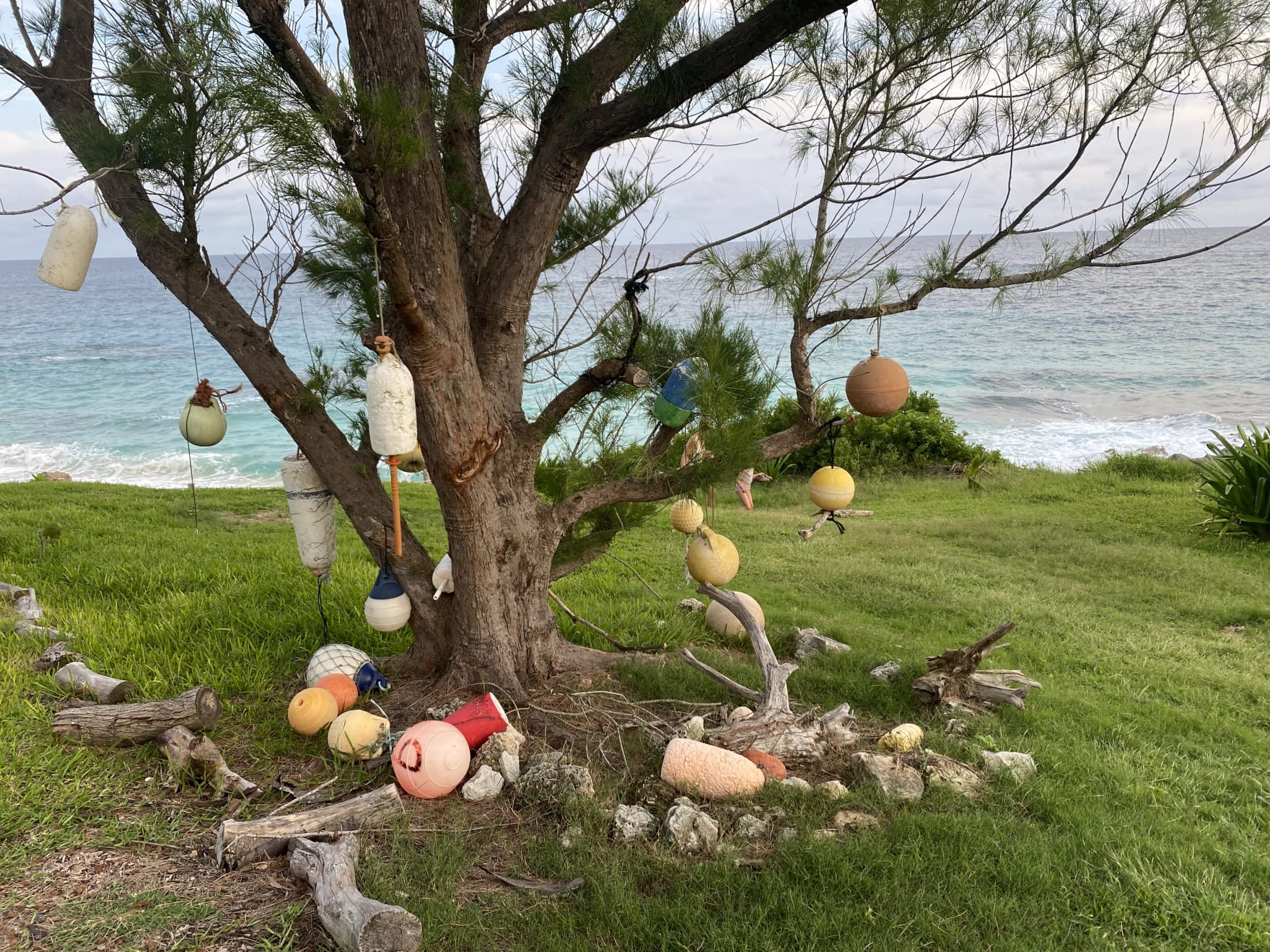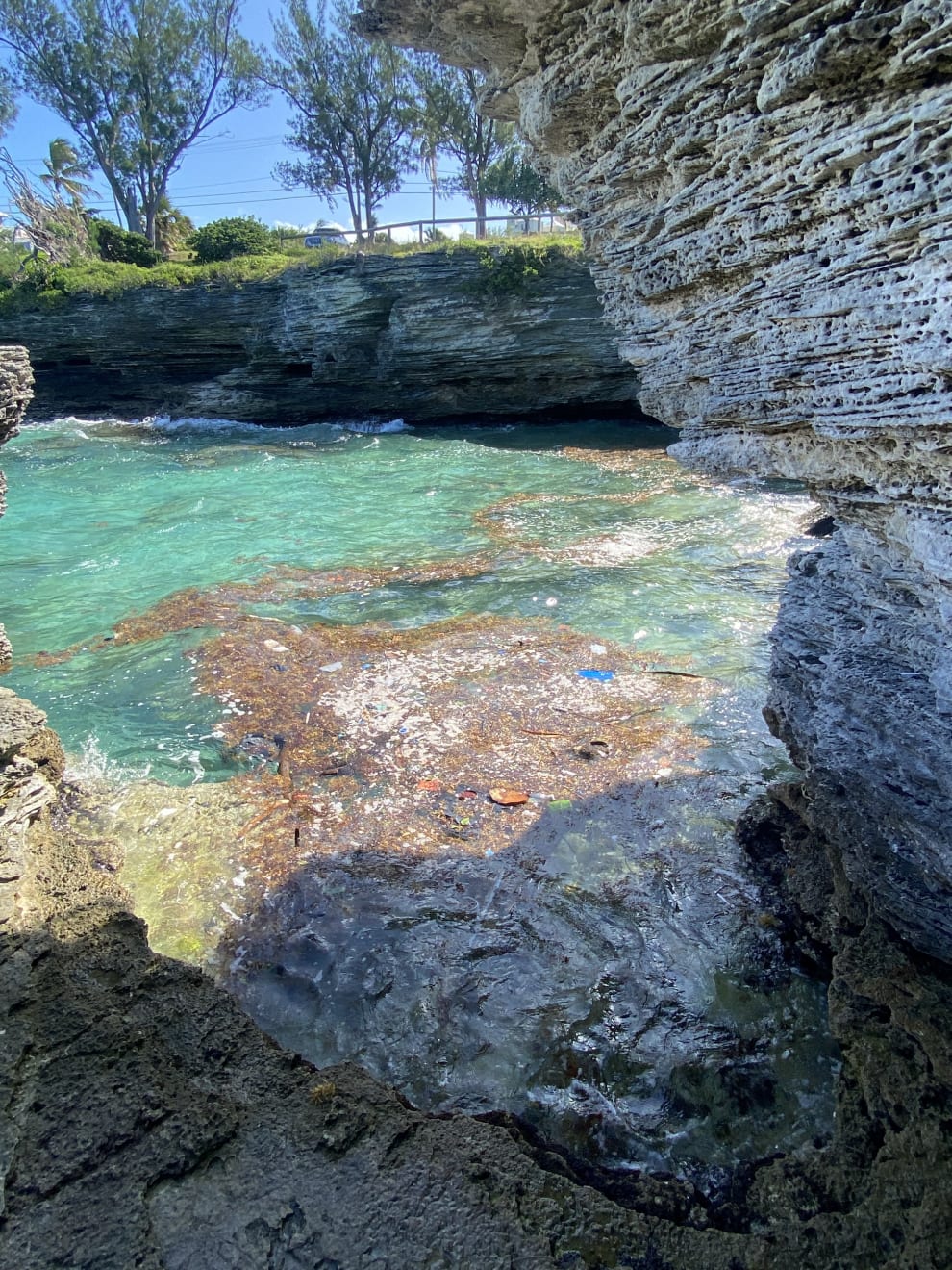In this conversation between contemporary artist Meg Walters and Otomys co-director Megan Dicks, the pair delve into the emotional and artistic terrain that defines Walters’ latest body of work, Metamorphosis.
Reflecting on her childhood in Bermuda, her evolving identity, and the power of memory and material, Walters shares how distance, motherhood, and artistic experimentation have shaped her practice. This interview uncovers the personal and poetic threads that run through Walters’ journey—from sun-drenched island recollections to bold shifts in scale, form, and artistic perspective.
Request the catalogue for Meg Walter's upcoming exhibiton below.
Request Catalogue
MEGAN DICKS: There is something naïve perhaps in my thoughts about a childhood in Bermuda - I imagine many barefoot and sun soaked days in the turquoise waters or on the rocky outcrops surrounded by palm fronds, hibiscus and salt spray. But like most idyllic places there is often a nuanced sense of freedom. You recently visited your home town there with your young daughter, that must have been delightful and emotional. Can you describe how place and memory shape or filter your mind's eye?
MEG WALTERS: Bermuda is such a complex place renowned by poets, writers and artists for its beauty, but it also carries a dark and tragic history marred by shipwrecks, privateering, slavery and in the last century, mysterious disappearances. Landscape there is so loaded with personal and collective context that before I attempted to paint anything from my home I wanted to make sure I could approach it with a unique perspective that was different from what has been done before.
I permanently moved to Australia 15 years ago and have returned to Bermuda frequently, but it’s the objectivity gained through my absence that has been the catalyst to create these artworks. Seeing the island from the lens of a local and tourist simultaneously has deepened my understanding of its nuances and allowed me to explore parts of my own memory that hadn’t been brought to the surface in a long while. Revisiting places from my childhood with my seven-year-old daughter breathed new life into them.
Seeing them through my past, present and the future (my daughter) was a uniquely gratifying and nostalgic process. I realised that I hold these very deep imprints of emotional residue from certain places there. It was interesting to see that my daughter also recognised these places for their special qualities, and I could see a connection to place forming in her as well.
MEGAN DICKS: Having represented your practice for several years, the team at Otomys is deeply moved by the dynamic and resonant work in Metamorphosis. In this body of work, you engage with the question of ‘being’ with newfound boldness, bravely drawing from your past and present and expressing it through ambitious shifts in scale and materiality. What do you think it is about these elements; scale, material and personal excavation, that imbues this exhibition with such presence and emotional gravity?
MEG WALTERS: I think these works come from a place of authenticity that hopefully resonates with people. As I develop as an artist, I’m slowly finding my visual language. It’s a process that requires time, patience and courage. My artwork has always been autobiographical, but this is the first time I’ve really leaned into that with abandon. I’m telling stories about my home and the collective childhood Bermudians share.
I’m exposing this big part of myself and my island and sharing it with the world, and that feels meaningful to me. Expressing the idea of memory, identity and connection to place in this exhibition is more readily achieved through a variety of materiality. Playing with scale and materials has allowed for more experimentation and has pushed my practice into territory that feels both challenging and exciting. I like to know where the edges are in my practice, and to constantly apply a little bit of pressure there.
This keeps me interested and curious. Having the option for greater scale and choice of material at my disposal has allowed me to reach further and tell my story with a greater agility compared to painting alone. I think every artwork leans on the next, overlapping to express something beyond what it could do on its own.
MEGAN DICKS: Until recently you have mainly painted on linen, and over the last year it seems as though your paintings have come alive in the three dimensional more abstracted forms. You have chosen to work with clay, a material that is renowned for its unpredictable nature, its potential for cracks during drying and firing, a medium where the artist has less control. Can you tell us more about your intention working on these subterranean, grotto like forms?
MEG WALTERS: Working with ceramics is a tactile lesson in non-attachment, while working with paint is a cerebral exercise in problem solving. The two are related, but very different. What excites me as a painter is the peculiarity of pigment and paint and the unexpected ways it can often behave. I’m constantly pushing paint to its limits to see how it will surprise me in new ways.
I get this same satisfaction from ceramics. Its unpredictability allows me to approach it with a lack of attachment to outcome. It’s a more freeing medium than painting in this respect. Since making my own glazes, I’ve taken on a more painterly approach to sculpture. There’s a very abstract quality to my works which I like, and I think compliment my paintings. I like to tightrope walk that line of abstract and figuration and I think ceramics have allowed me to do this in a succinct way, exploring uncharted territory in my practice.
MEGAN DICKS: Are there any particular works in this exhibition which best reflect your practice as a whole?
MEG WALTERS: I don’t think any one work or any one exhibition could ever define my practice. It’s a constantly evolving thing that has no end or beginning. I don’t think I’ll ever be satisfied or feel as though I’ve reached a place that has some sort of closure or end to it. I see every artwork I create as a sort of stepping stone that leads into the unknown. It is its own entity, but it cannot exist without the one behind it and the one in front of it.
May 5, 2025
